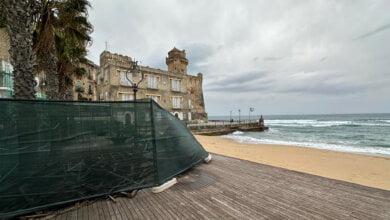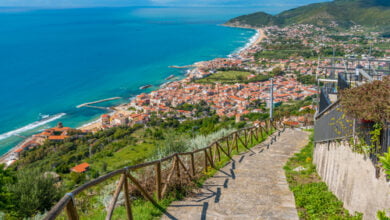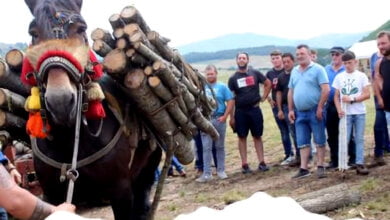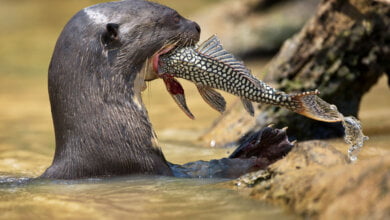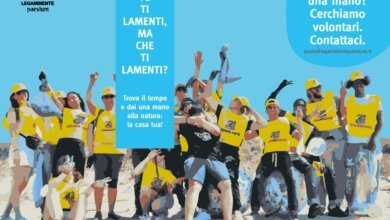
Giungano is located 53 km from Salerno, just above the Solofrone stream, near which it crosses Agropoli. On its territory there are caves, gorges, passes and road routes once used by merchants. The town retains its medieval beauty intact over time. The Ducal Palace is mentioned by historians as the nerve center of a feudal power that extended up to sea. Giungano is rich in historical structures such as churches, portals and chapels.
The name of the country could derive from iuncus (rush), which the inhabitants are skilled in processing. The position of Giungano along an ancient connection road between Paestum, Alto Cilento and Lucania underlines the strategic importance of its location. Archaeological finds in the area demonstrate that the town was inhabited since the Paleolithic era.
La Party of the ancient pizza, which takes place in the summer, represents a prestigious and historic showcase to highlight the excellent products of the Cilentan lands. An opportunity to promote the special Cilento pizza and its quality ingredients, from durum wheat flour to seasoned goat's cacioricotta, to Cilento extra virgin olive oil, elements that distinguish this product from the classic Neapolitan pizza. Thousands of visitors participate in the very popular event, so much so that a winter date is also proposed, which is also very welcome.
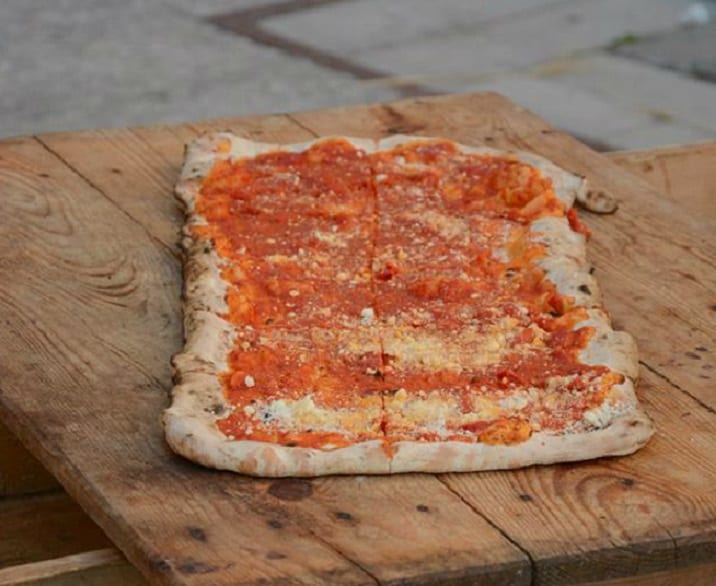
In the Cava Archive there is a parchment that recalls Giungano and concerns the sale of a house there (1371). It is also remembered by everyone that Donatantonio de Marinis, regent of the Collateral, was born in Giungano. Of the lords of Giungano there is news from the Cedolario, namely of Eleonora Antinori, countess of Giungano, and from Gatta, of the Marquis Garofalo of Rocca Cilento, who with the title of duke in his time owned Giungano. For a long time the fief belonged to the Doria house. Marcantonio Doria received the title of Prince of Angri on 20 February 1636, while that of Duke of Eboli had come to the family through inheritance from the Grimaldi (granted on 2 September 1652). That of Count of Capaccio had been granted to Nicola Doria on 4 October 1659. The titles of Prince of Angri, Duke of Eboli and Count of Capaccio with Lagopiccolo, Convingenti (or Cominento), Giungano and Cripta had been invested on 12 December 1761 by Giovan Carlo Doria by succession of his father Marcantonio (d. 21 May 1760). From Giovan Carlo a second Marcantonio, the first of the family to be ascribed to the Golden Book of the Neapolitan Nobility, from which the eldest successor Giovan Carlo (b. 1788), who on 9 December 1793 purchased the territory of Sigliati from Eustachio Arcione, then passed by succession to Marcantonio (9 December 1783).

From Francesco (b. 15 October l797 m. 9 May 1874), who married Giulia Caracciolo of the princes of Avellino, the eldest son and successor Marcantonio (n. 7 September 1824 – m. 12 May 1870) who married Laura Marulli, of the dukes of S. Cesareo, with whom he had Francesco (b. 15 July 1855). The latter, with a ministerial decree of 22 July 1901, recognized the legitimate possession of the titles of Prince of Angri, Duke of Eboli and Count of Capaccio as well as Patrizio of Naples and Genoa, Prince of Centola and Marquis of Pisciotta and of the predicates of Montella, Giungano, S. Serio and Molpa, with which he was enrolled in the Golden Book of Italian Nobility together with his brother Ernesto (b. 16 February 1863) and his sisters Giulia, in Siciliani di Rende, Maria, in Baracco, Isabella, in Compagna, and Teresa, in Bonelli. It seems that Castinatelli also belonged to the Doria family.

Antonini recalls the false inscription "of which the villagers are so aware". (NOBILIS VIR ERMUS COSCIVS I.C. GENUS PESTANIENSIS, AC GENERALIS DVCIS DYRRACHII GUBERNATOR VTILIS CAMPANIAE DOMINUS BELLI IACTVRA INOPIA COACTVS HVC IN SILVAS ADDVCTVS HVIC DAT HVMILI DOMVI PRINCIPIUM – ANNO DOMINI MILLESIMO TERTIO).



